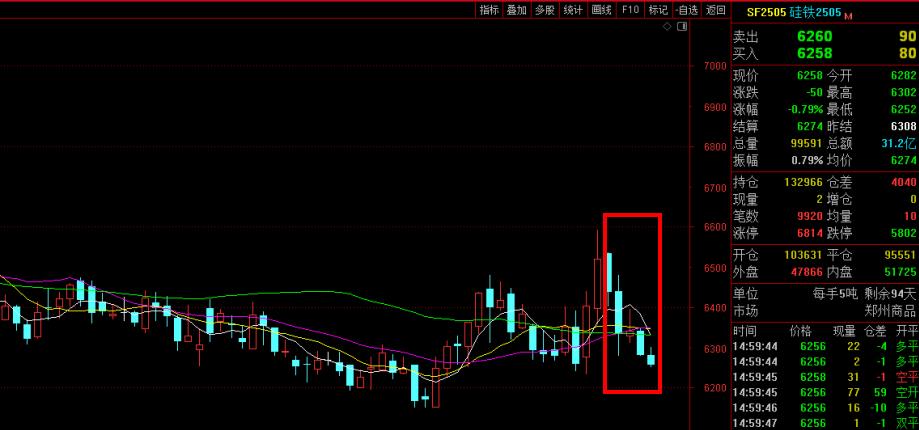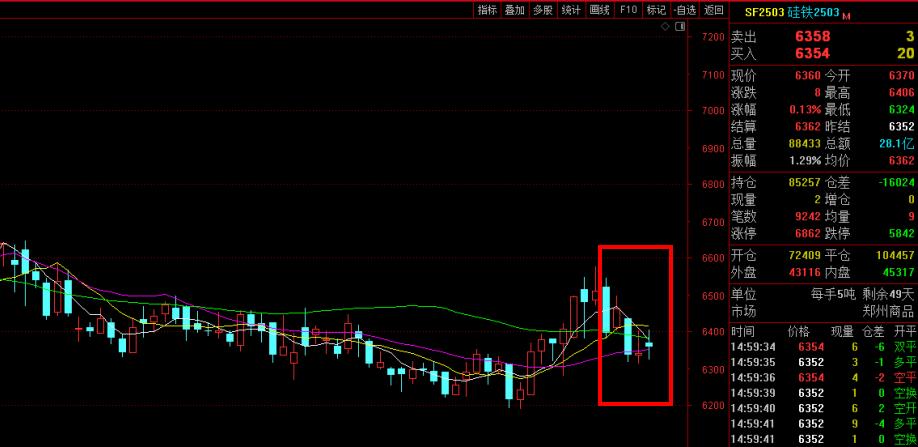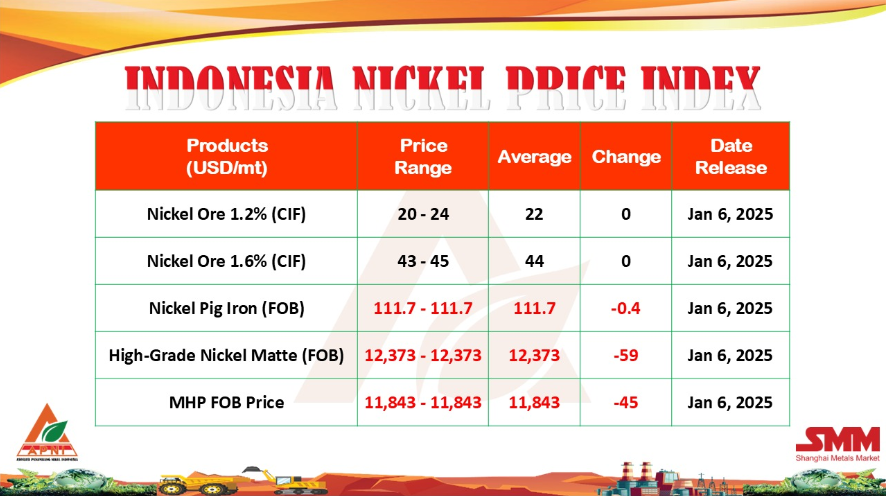Nickel’s spectacular fall since the middle of last year may have come to a halt, but without significant, enduring output cuts and stronger demand from China’s stainless steel mills the reprieve coule be brief.
Benchmark nickel on the London Metal Exchange fell to $8145/t earlier this week, less than half the level seen in May last year and its lowest since the middle of 2003.
Funds reversing their bets on lower prices on the expectation that Chinese producers may cut output since then pished prices back up to near $9000/t.
Speculation that miner and trader Glencore, the world's fifth-largest producer of nickel, would cut output helped buoy prices last month.
But the optimism was short-lived.
"The problem is how permanent are the cuts, will that supply come back to the market at a later stage if prices recover and are they going to be offset by worsening demand," said Edward Meir, analyst at INTL FCStone.
"That's the quandary; the market is very sceptical, and so we could have a prolonged period of prices bumping along the bottom until we get a better handle as to what is going on."
Chinese nickel producers said on Friday they were planning to cut 15 000 t of refined metal and nickel pig-iron, a cheaper alternative, next month. They are also planning to cut output by 20% next year.
Research firm Antaike estimates China's nickel output at about 610 000 t this year, about 30% of global demand estimated at around 1.9-million tonnes.
Glencore's production report at the start of November showed the company produced 68 700 t of nickel in the first nine months of this year "from own sources".
Canada's Sherritt International has said it expects its nickel output to total 78 000 to 82 000 t this year, down from a previous estimate of 80 000 to 86 000.
"It all boils down to the fact that a lot of production is still profitable because of the tailwind from currencies," Tiberius Asset Management Chief Executive Christoph Eibl.
"Nickel in (Russian) roubles or (Indonesian) rupiah doesn't look as bad as it looks in dollars ... the demand side doesn't look very healthy."
Russia and Indonesia produce around 370 000 t of nickel, about 12% of global supplies.
Demand growth for nickel has slowed to near two% this year from near five% last year and seven% in 2013.
About two-thirds of global supply is used to make stainless steel, most of it in China.
"Stainless steel mills have no incentive to build or hold any inventory...they are working hand-to-mouth," said Citi analyst David Wilson.
"Possibly the most encouraging thing right now is that LME inventories are moving in the right direction."
Stocks of nickel in LME approved warehouses stand at around 411 000 t, down more than 10% since early June.
- [Editor:Juan]



 Save
Save Print
Print Daily News
Daily News Research
Research Magazine
Magazine Company Database
Company Database Customized Database
Customized Database Conferences
Conferences Advertisement
Advertisement Trade
Trade














 Online inquiry
Online inquiry Contact
Contact

Tell Us What You Think